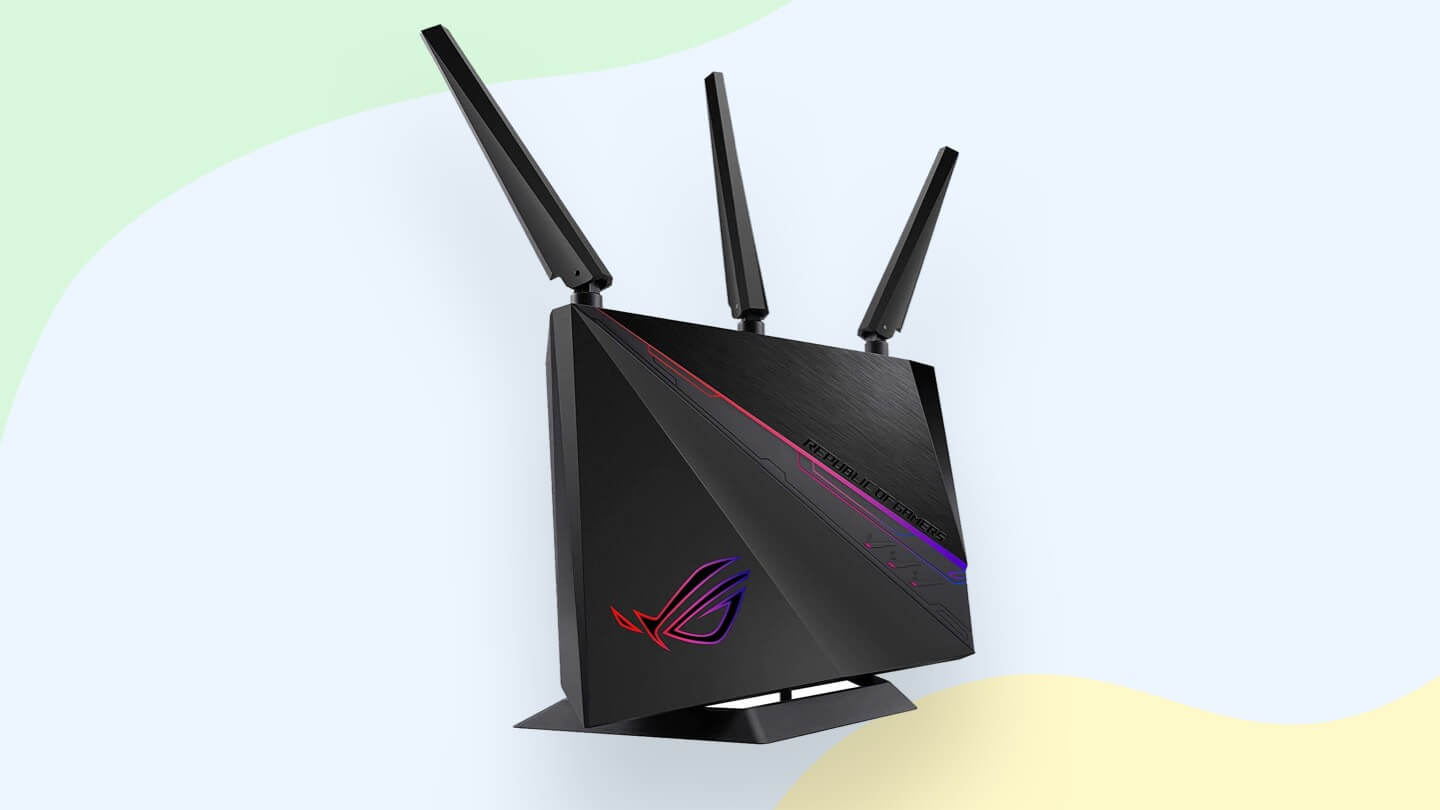As an AI arms race consumes ever more electricity, and every ChatGPT search query costs $0.36, the search for new ways of computing has intensified.One answer could be in better data center cooling and heat management, which could in part involve 3D printing.Another solution would be to better utilize current stage computing through optimized chips or GPUs for the type of calculations that are in vogue.
Further advances in photonics, as well as Additively Manufactured Electronics (AMEs), could also enable global computing progress.Nanoprinting could also make for more efficient chips, and quantum computing is one possible future scenario.However, there is a more unconventional alternative that may yet emerge.
Biocomputing Biocomputing, also called wetware, is the use of tissue, neurons, or DNA to perform computing tasks.By utilizing natural materials or structures, such as proteins, a bridge can be created between the natural world and computing.Organoids, hydrogel structures, and other biological structures may very well be more efficient at some tasks than conventional computing.
They could, for some tasks, use significantly less energy, or be a more direct path to a needed answer.Perhaps biocomputing for complex tasks could consume a millionth of the energy that traditional computing does.For now, biocomputing is a very nascent activity, with much research coming about around ten years ago.
Biocomputing can use chemical reactions to change the proportion or reaction of a certain material in a mixture of some sort (biochemical computing).Also, through biomechanical computing, a result could be displayed through mechanically changing the shape of a biological system, while bioelectronic computers conduct electricity differently depending on conditions of the system.In each of these cases, an engineered biological system has two states, and can fluctuate between them using inputs to generate set outputs.
Just like a transistor, therefore, these basic chips can do calculations.Efficiently Specific Now, this in itself does not particularly inspire me.However, we can have many more nuanced outputs with biological systems.
Sure, it’s fun to do one and zero with a chip made of neurons, but to have a network of neurons to sense many more inputs, many more gradients, and many more points of measurements, nearly instantaneously, is a more exciting proposition to me.So one chip could, for example, calculate most all of the requisite information for determining if a person is healthy based on its direct connection to a sensor system.It’s not a question of testing everything, performing numerous calculations with various machines, and then arriving at an answer.
Especially in monitoring biological or other systems, such a network could do a much better job, much more efficiently.Rather than weighing everything or having different alarms trip, an overall unease could pervade this system.Sensing Networks For implantable or on-the-skin monitoring devices, such as wetware devices, this could also be a more efficient solution.
I’m sure that DARPA’s interest in this, spanning from at least 2016 until now, is not for fun alone.the Neural Engineering System Design (NESD) project could be used for the blind and deaf.It could also be a foundational technology for interacting with machines.
Through this project, neural systems could also be used as the wiring to connect and analyze massive data streams.Potentially interesting here is also the movement towards new ways of sensing.Rather than analyzing an image and comparing it with things, then seeing all that is moving in subsequent images and analyzing them, there is a better way.
A system could sift through all the data and look for anomalies.From all the usual patterns, unusual patterns could be found, or single data points that are off.Importantly, I believe, these kinds of things could be done without understanding any of the patterns.
Imagine in satellite imagery, wiretapping information, or monitoring the internet, the signals versus noise problem could be solved through this.Imagine, for example, being able to sense all the phone calls in Berlin in an instant.What would be notable? One would imagine that those phones are only used intermittently, and calling only a few numbers could be the most interesting for your local spy agency.
Those phones that do not move, then move intensely, and then stay put turned off for hours are also more interesting of course.Phones that move in tandem or are turned on just when others are turned off near them may be linked.That is a heuristic method that is easy enough to divine.
But, what about such patterns that are more difficult to divine? Imagine, for example, a phone that never moves, but once it’s turned on or in use, it always moves more than 20 kilometers an hour.Or imagine a phone that never has any apps, save for a single communications one? Now we could create these rules and then scan computers for all of them, but what about just in a broader sense, looking for patterns that diverge in significant ways without knowing what the pattern is or what is important? Systems for sensing homeostasis or sensing pain, pressure, touch, and temperature simultaneously would know answers and rules that we could not even divine.A Vocabulary for the Unknown Now, imagine that we develop a way for systems to identify interesting individuals just by their divergence from any norm, some norms, and all others.
A key part of biological computing is the idea of using the Free Energy Principle to use a neural system’s adversity to let it give and take different types of signals, and in so doing, learn.That’s cool enough, surely, but using such a system to flip a switch on and off misses another opportunity.In using such a system to directly calculate optimal states (power supply to the grid, finding Waldo on an image, finding a potential medical problem), biological computing could work far more efficiently than existing systems.
Now we can perform pattern recognition effectively and scan all the images for features that resemble cancer.However, everyone is different, and many of our health information and values differ significantly.What if we could sense the entire system and identify everything that is out of balance? Rather than looking for cancer, we can look for things that do not make sense in that given person.
In that way, to me, the most interesting thing about wetware is the ability to identify problems that we do not even know exist.To find a new disease or, indeed, to find a disease that we didn’t know existed.Or indeed to find out what the cause of so many ailments is, too much swimming, or that most deaths are caused by loud music or tooth decay.
So, rather than look for a pattern, we know we skip right to the edge of the known.To me, biocomputing could potentially be a way to divine a language of the unknown and unknowable to deal directly with the mysteries that the world still has for us.Or for a hedge fund, patterns and strategies could be identified with AI and algorithms, but what about the factors affecting share price fluctuations that are unknown? What about new patterns or the effects of the language used in hit pop songs in New York clubs on trading behavior? Enabling AI Now the above bit is rather speculative.
What is much more in line with others’ excitement is the ability to unlock a more efficient AI computing capability with biobased computing.AI’s spiraling energy costs are inhibiting the technology.Currently, firms are spending billions letting people use AI tools in order to gain market share, traction, and adoption as well as training data.
The amounts companies have raised are vast, but a more sustainable AI, both financially and environmentally, would be beneficial.The idea seems obvious: grow neurons and make actual neural nets with which to run AI.Swiss startup FinalSpark, which is rolling out a kind of biocomputing AWS model, available for $1,000 a month, has stated that they want to make AI possible but with 100,000 times less energy usage.
The company states that, “approximately the same performance (estimated 1 exaFlop), the human brain uses 10-20 W, as compared to the computer using 21 MW.” Its brain organoids are trained through dopamine and electrical impulses and live for 100 days, and the company has over 2,000 of them in use.FinalSpark’s organoids are made from stem cells, myelin, and glial cells.The neurons they use are “GABAergic, glutamatergic, cholinergic, and serotonergic,” which means that they are activated through gamma-aminobutyric acid or glutamate, etc.
The various mechanisms in the human body point to a broad library of interactions that can be explored.Some research already points to biocomputing networks outperforming traditional ones.In one case, another system, Brainoware, didn’t quite outperform the alternatives.
But, that organoid was, in two days, capable of identifying the speaker of an audio clip with an accuracy of 78%.What’s more, the organoid was capable of unsupervised learning.Australian startup Cortical Labs is the most known at the moment.
The team behind that company got their neural network to play Pong.That made Dishbrain the most famous braincomputer in the world.Their approach is to build and sell biocomputers for research; the friendly-looking CL1 will cost around $35,000.
Neurons can live for up to six months in the system, and it has a USB port.You can also rent the machine or use the startup’s cloud system.Obviously, if you’re trying to raise money now, the AI enabling path should be the way to go.
3D Printing It is very early days for this technology, and there could be ethical concerns with stem cell-derived computing, and maybe making some kind of brain that you know will die off all the time.Existentially, I would only like to be a very dumb biocomputer.Some teams are working on hydrogel structures of organoids that themselves are placed in hydrogels.
Printing in and with these kinds of structures and materials is something being done a lot right now.With NOSE or FRESH-based bioprinters, you could easily see how researchers can make homes for these organoids.Through 3D printing microfluidic devices, you could optimize fluid transfer to these devices and maintain their temperature.
Work is already ongoing on with microfluidic devices that feed and keep organoids alive.You could perhaps even keep them alive longer, which would enable more learning.Obviously we can also 3D print these organoid structures, or print scaffolding for producing them at scale.
Producing these things currently is a major limitation.Through 3D printing, we can optimize them and their packaging to subsist longer, be shipped quicker, and function better.Indeed, a team from Stanford recently wrote a Nature paper on making a “scalable cerebral cortical organoid platform” for drug discovery.
An Emory University team is working on a similar development, while a McGill team is working on TissueTinker, which is similar but for cancers.The potential to use brain organoids for drug screening is a significant opportunity that can really advance therapies and research in the area.Generally, 3D printing for accelerated drug discovery is a multi-billion dollar revenue opportunity.
Specifically structured organoids for drug testing, especially in clinical and preclinical screening, is a more specific but also billion-dollar revenue opportunity.Beyond this, therapeutic organoid-derived structures or medicines could also be made.So an organoid could be developed or used for computing, but also have many more uses beyond this.
A really exciting element, of course, would be to make organoids to test drugs for drug companies, and then also use organoids to sense and calculate how the testing is going.The organoid structure would then be the test subject, the sensor, and the computer.If we look at a review of the current status of organoid development and functionality, and a biomedical look at the same developments, we can see that a lot of work is being done.
A lot of the main challenges in organoid development are those in bioprinting generally.In vascularization specifically, it is easy to imagine 3D printed scaffold structures and vasculature that could perhaps not work well in the body, but could be used to keep a biocomputer alive.One could also really imagine that printed scaffolds could be formed into new shapes to unlock more functionalities.
Scaffolding could be printed to remain in place in transport, for example, and be discarded after use.Bioprinting can also greatly enhance the production rates of these organoids.3D printing of organoids shows a lot of promise independently of using them as chips.
The combination of 3D printing scaffolds, 3D printing the microfluidic device that feeds the organoid, 3D printing the organoid into an optimal structure of the organoid, 3D printing a hydrogel container for it, microprinting any mechanical devices needed, nanoprinting any mechanical and microfluidic devices for chemical and mechanical manipulation of the organoid itself, 3D printing catalysts and the environment for the neurotransmitter, and 3D printing the electronic connections that tie the system to display technologies or other outputs is utterly irresistible.At every level, 3D printing can be used to shape, interact with, contain, and make functional biocomputing devices.Direct Ink Write, Material Extrusion, SLA, LIFT, and more could all be used to at scale make these devices function better.
At the same time, I see no comparable technology that can print the electrical connectors or outputs to other systems.I also see no other technology, besides additive, that could make the mechanical, biomechanical, and microfluidic devices used to mix, read out, and manipulate these devices at scale.To me, the potential future of organoids (for therapies and drug discovery), brain organoids (for drug discovery and research), biocomputing, and 3D printing are intertwined.
I find it beyond exciting to realize that more efficient wetware could connect the world to computing and make more efficient computing possible.And indeed, an applicable AI technology that would be efficient enough to use at scale, made through additively manufactured biocomputers, could play a part in a distant but very compelling future.Subscribe to Our Email Newsletter Stay up-to-date on all the latest news from the 3D printing industry and receive information and offers from third party vendors.
Print Services
Upload your 3D Models and get them printed quickly and efficiently.Powered by FacFox
Powered by 3D Systems
Powered by Craftcloud
Powered by Endeavor 3D
Powered by Xometry
3DPrinting Business Directory
3DPrinting Business Directory









